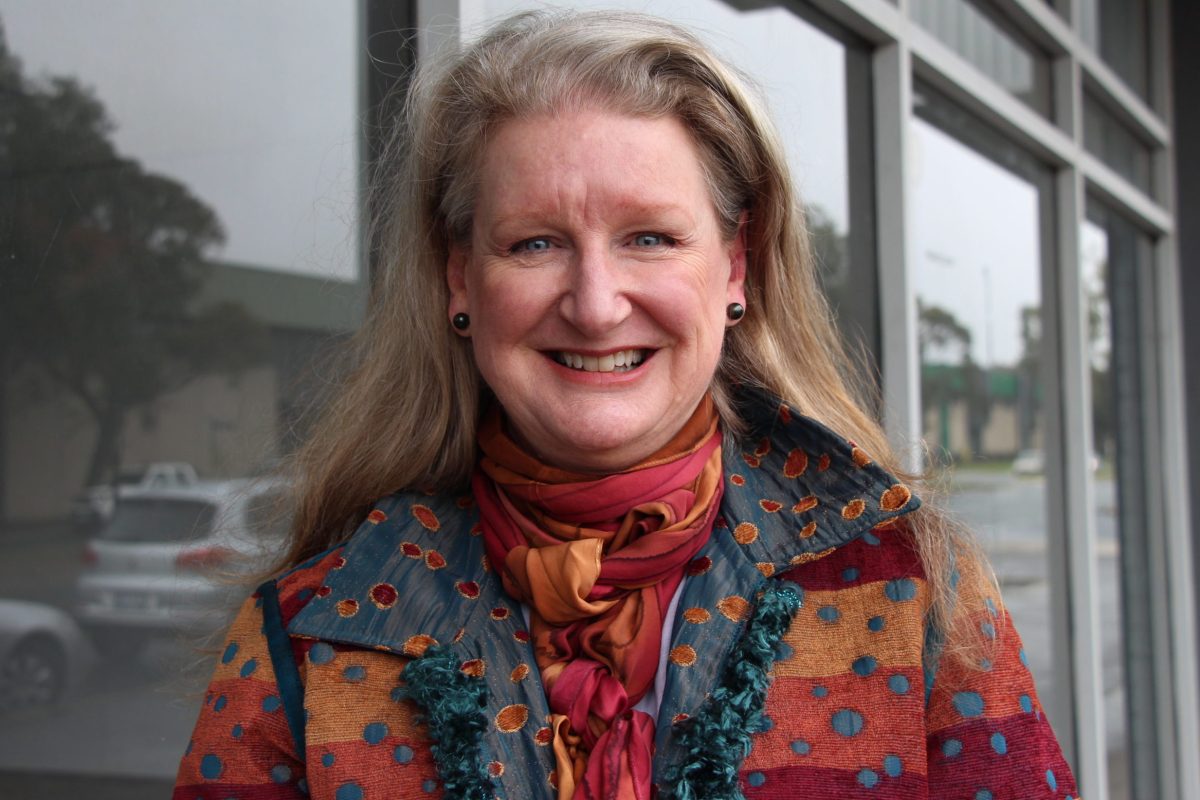THE people of Collector used to suffer from an identity crisis. They weren’t really known for anything other than rolling plains and cold mornings, so they invented the Pumpkin Festival.
Before then, the town had no more connection to pumpkins than they did to broad beans or sweet potatoes.
Much as I love the Pumpkin Festival, Collector now has the chance to be known for something genuinely close to it – as the capital of the wind turbine. Brace yourself for a $400 million, 68-turbine wind farm a couple of kilometres out of Collector.
What do you make of wind farms?
They produce a fair bit of electricity in this country, but at this stage they do so at a much greater cost than coal and gas. It should be pointed out, too, that to the nearest whole number the percentage of the world’s power created by wind turbines is zero.
Despite subsidy schemes in dozens of countries, the total energy generated each day by wind has yet to reach half a per cent worldwide.
In Collector, the debate continues into how ugly the big towers are, and, perhaps more importantly, over the claims that wind turbines make nearby residents sick.
Farmer and Pumpkin Festival mover and shaker Gary Poile dismisses the negatives. He told me on my radio program that the project will be “wonderful for Collector”. He’s excited by the prospect of a dozen long-term jobs in the village.
Then Daryl called suggesting that 80 per cent of Collector residents were against the wind farm development, 10 per cent were for and 10 per cent didn’t care. He’s concerned about the project devaluing the land and the “unknown health risks” to those close by the turbines.
The NSW Department of Planning and Infrastructure is now considering the wind-farm application and the various public submissions on it.
I don’t know that a Festival of Wind has as much appeal as a Pumpkin Festival, but they do think outside of the box in Collector.
Mark Parton is the breakfast announcer on 2CC.
Who can be trusted?
In a world of spin and confusion, there’s never been a more important time to support independent journalism in Canberra.
If you trust our work online and want to enforce the power of independent voices, I invite you to make a small contribution.
Every dollar of support is invested back into our journalism to help keep citynews.com.au strong and free.
Thank you,
Ian Meikle, editor




Leave a Reply